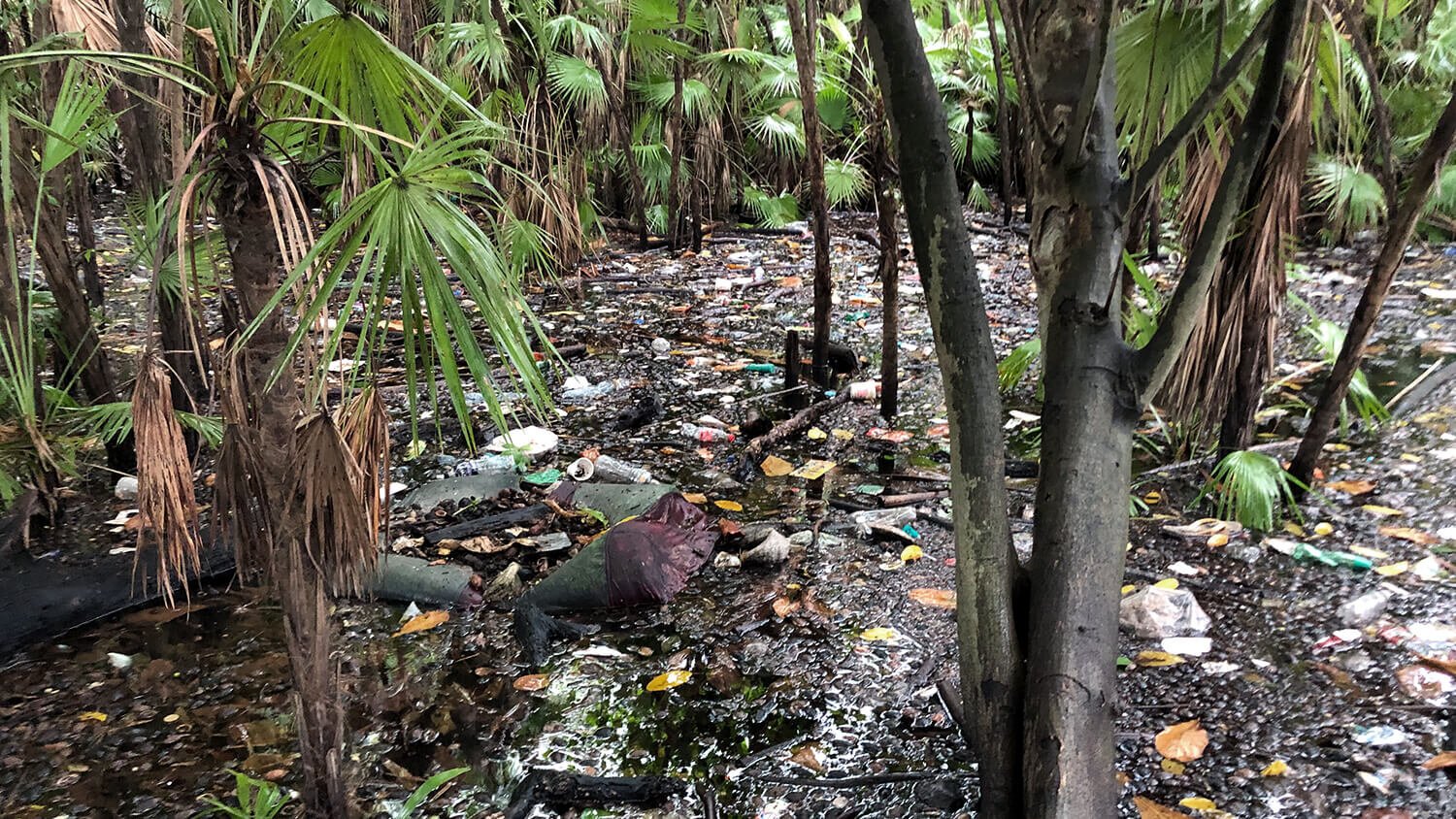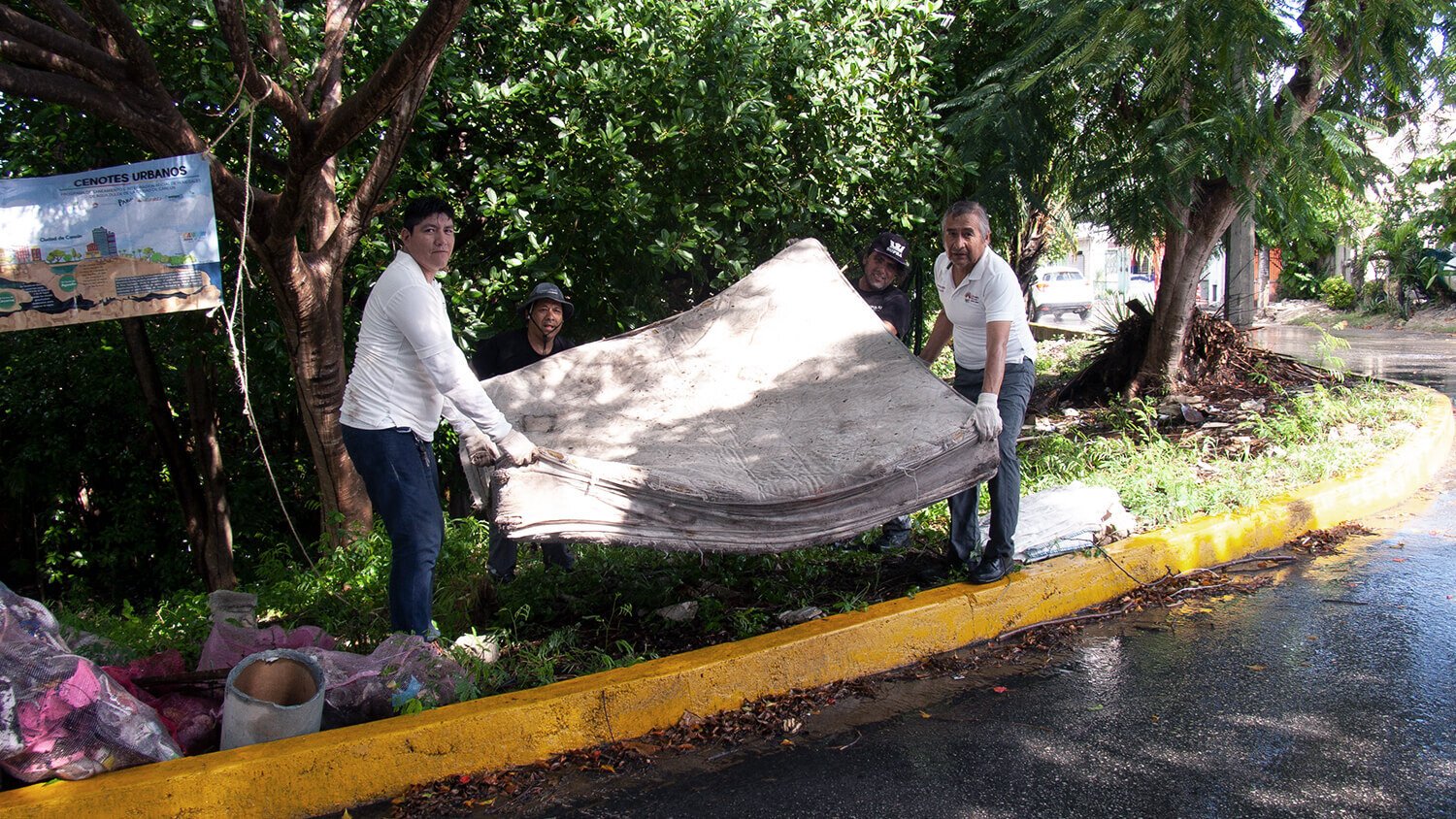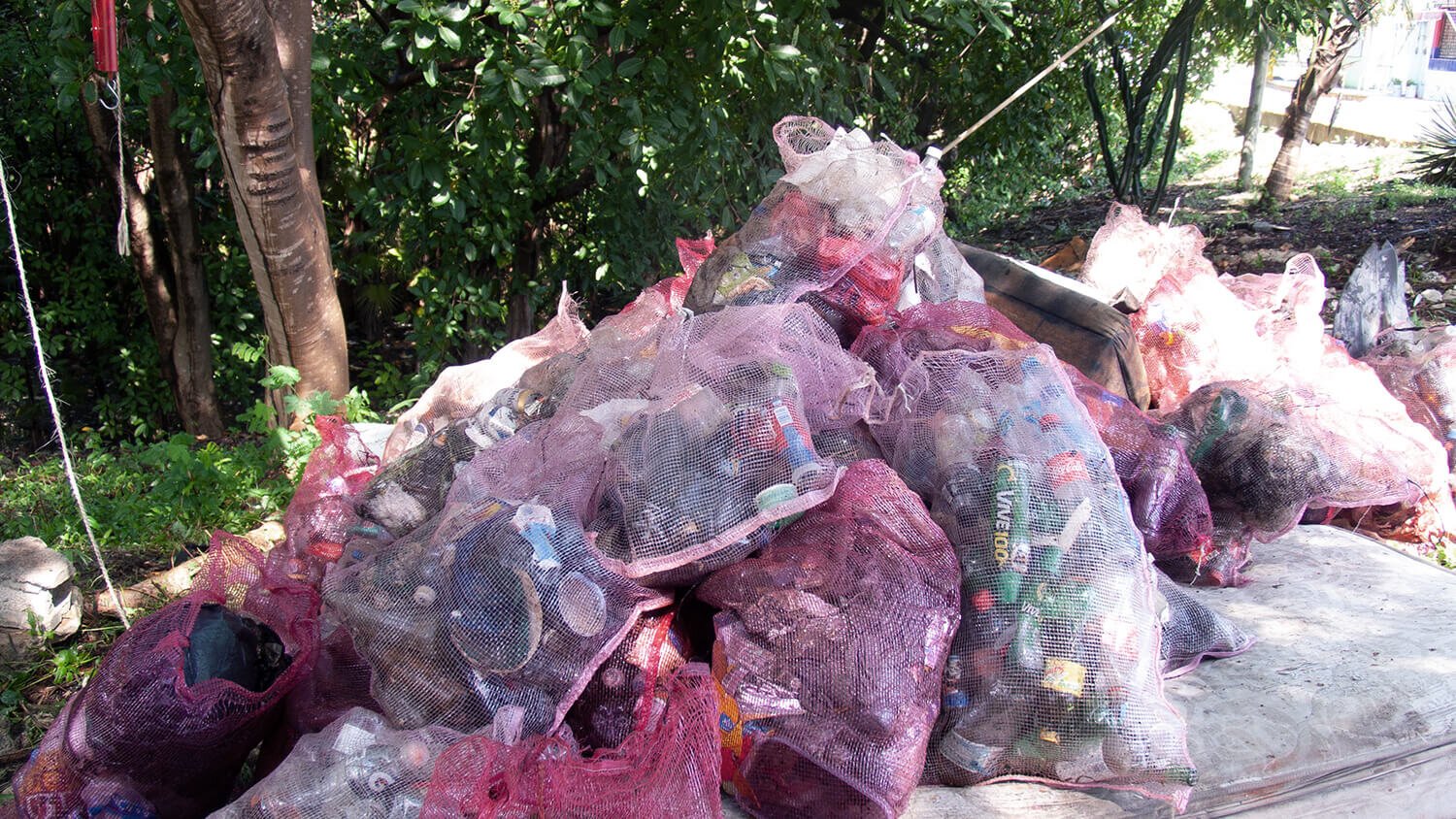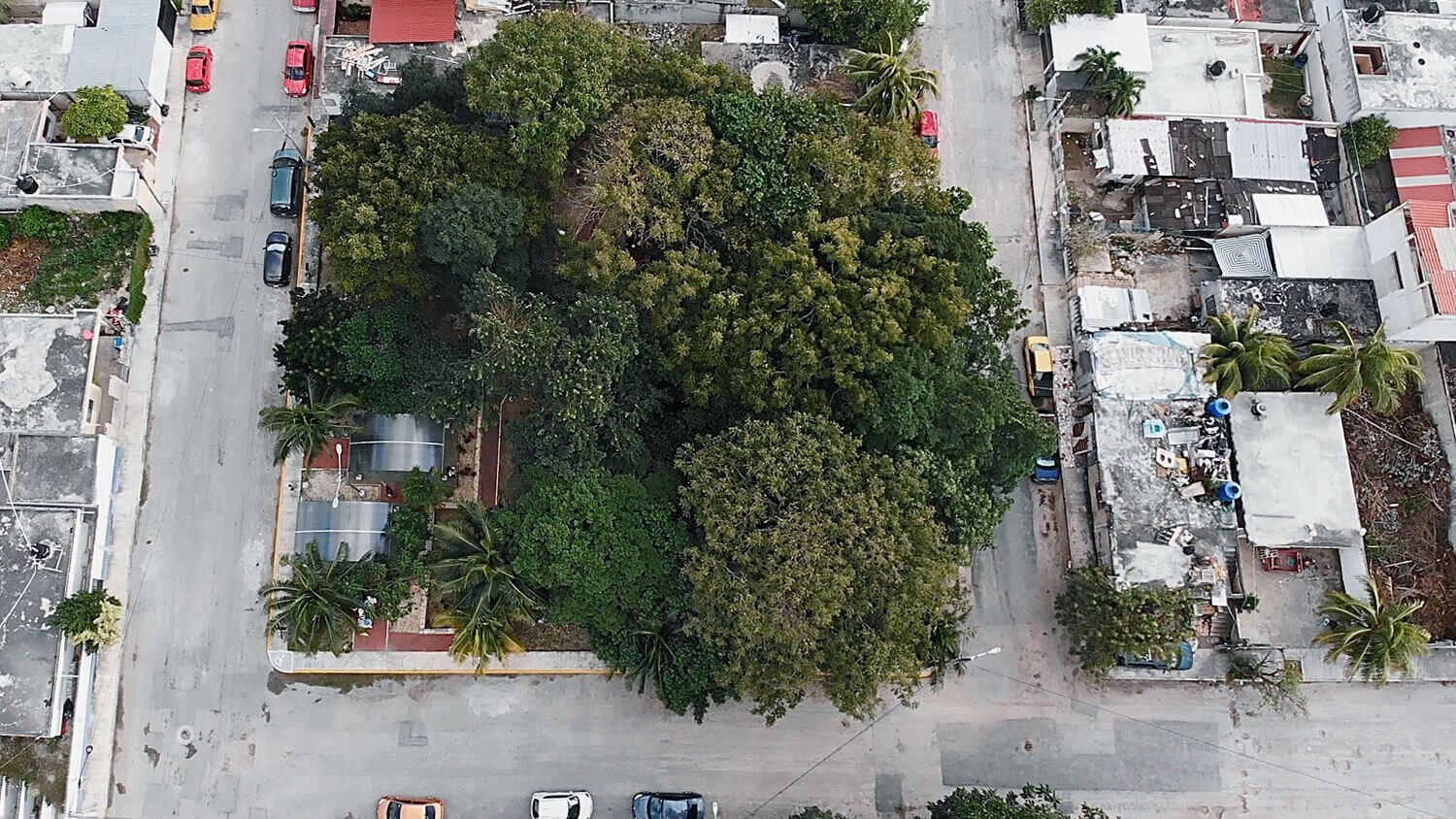Cenote season: Hidden treasures
Crisscrossing Mexico’s Yucatán Peninsula, a vast system of limestone caves forms a unique underwater world linking the region’s forests and towns to offshore coral reefs and the Caribbean Sea beyond.
In the final part of our miniseries, Parley Mexico coordinator Judith Adriana Morales López explores the hidden cenotes that lie beneath towns and cities – and how locals are working to protect them.
Typically, when we think of cenotes, we imagine crystal clear bodies of water hidden in the caves and caverns throughout the jungles of Tulum, frequented by hundreds of tourists and divers every day. What most do not know about are the cenotes of the urban variety — those found around the city center of Cancun.
Located within Benito Juárez Municipality, Cancun houses around 43 cenotes on municipal grounds and more than 50 on private properties. As Cancun is home to 628,306 people and welcomes nearly 4.7 million tourists every year, the rapid population and coastal tourism growth pose large threats to the only source of freshwater supply in the peninsula.
Photo by Robert Charland
Photo by Naiara Altuna
Cenotes are one of the most important water sources on the Peninsula. Researchers are still working to understand the process of the water flow in the complex karst system that is composed of varying levels of fresh and salt waters — depending on the proximity to the coast and the geology of the region. These unusual characteristics create a very intricate ecosystem of connectivity between the continent and the Mesoamerican Reef System in the Caribbean. Researchers are interested in learning about the natural flow of water throughout the system in order to protect the ocean from pollutants. The entire aquifer system is connected by water passages underground, so depending on the area in which a single cenote is contaminated, that pollutant could reach the ocean within a few hours.
Cenotes are home to many important endemic species – especially local and migratory birds. They absorb and retain rainwater, preventing flooding in cities and providing urban green areas. Cenotes are the entrance to the complex underground water system that provides all of our water needs.
In 2019, the Benito Juárez Municipality invited more than ten organizations, institutions, citizens and volunteers to collaborate in the Cancun urban cenote monthly cleanup. Parley for the Oceans Mexico team participated and with the collaboration of many volunteers, this initiative intercepted 9260 pounds of solid waste from ten cenotes across the city.
The Municipality is also coordinating actions with local partners to analyze the water quality of the cenotes located in public areas and parks, as well as to know more about its biodiversity. These actions help create awareness of the local environmental problems and provide the opportunity to collaborate through active social participation – helping to protect one of the most important resources that both people and ecosystems depend on: fresh water.
Help preserve these important ecosystems
Participate in Parley Mexico’s monthly cenote cleanups (when they restart)
Be careful and conscientious of waste at home and when on vacation in the area
Avoid the use of plastic, reduce your waste and recycle wherever possible
Help us create awareness by sharing this post with your family and friends
Photo by Robert Charland
Photo by Naiara Altuna

























